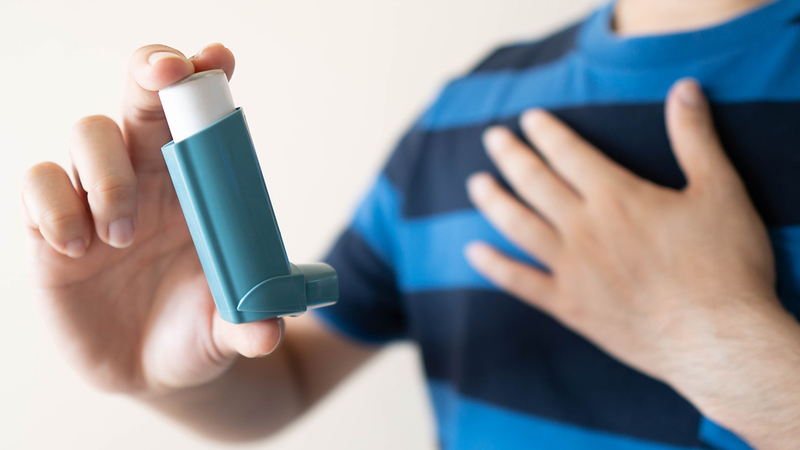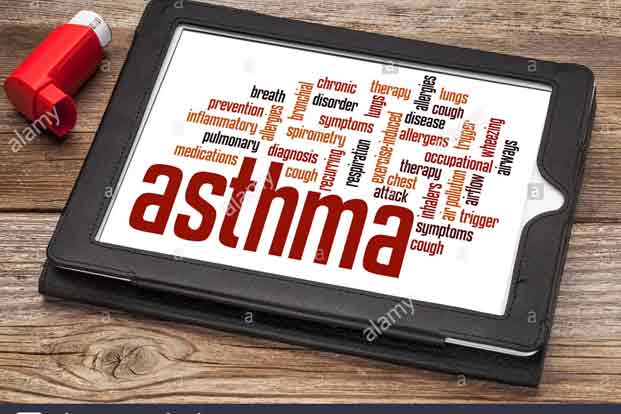Categories
- Bariatric Surgery (11)
- Black Fungus (5)
- Bone Marrow transplant (3)
- Brain Tumor Surgery Navigation Technology (20)
- Cardiac Surgery (66)
- Cardiology (97)
- Computer navigation technology for joint replacements (20)
- Covid Vaccination (17)
- Critical Care (2)
- Dental (19)
- Dermatology (31)
- Dialysis Support Group - “UTSAAH” (11)
- Dietitian (33)
- Emergency Medicine (4)
- Emotional Health (11)
- Endocrinology (33)
- ENT (20)
- Gastroenterology and GI Surgery (53)
- General and Laparoscopic Surgery (21)
- General Surgery (4)
- Gynecology & Obstetrics (183)
- Hematology (20)
- Internal Medicine (294)
- Kidney Transplant (50)
- Kidney Transplantation (20)
- Lung Cancer (8)
- Minimal Invasive Surgery (1)
- Mother & Child (20)
- mucormycosis (5)
- Nephrology (61)
- Neurology (147)
- Neurosurgery (68)
- Nutrition and Dietetics (107)
- Omicron Variant (1)
- Oncology (288)
- Ophthalmology (10)
- Orthopaedics & Joint Replacement (86)
- Paediatrics (59)
- Pediatric Nephrology (3)
- Physiotherapy (5)
- Plastic & Reconstructive Surgery (6)
- Psychiatry and Psychology (90)
- Psychologist (28)
- Pulmonology (72)
- Rheumatology (13)
- Spine Services (21)
- Transradial Angioplasty (16)
- Urology (84)
Query Form
Posted on Apr 19, 2022
Lung issues that Air Pollution can cause
Air pollution exposure can trigger asthma, exacerbate (worsen) a previously-existing respiratory illness, and provoke development or progression of chronic illnesses including lung cancer, chronic obstructive pulmonary disease, and emphysema. Study recommended that long-term exposure to air pollution can contribute to the development of some lung conditions. There’s good evidence that outdoor air pollution contributes to lung cancer, and it’s possible that long-term exposure to air pollution is associated to the development of asthma.It harms animals, forests, and bodies of water. It also contributes to the depletion of the ozone layer, which protects the Earth from the sun’s UV rays.

The effect that air pollution has on your lungs base on the type and mix of pollutants in the air, the concentration of pollutants and how much of the pollutant gets down into your lungs. Most indoor air pollutants are associated with asthma and chronic obstructive pulmonary disease . The main health pollutants in dwellings are second-hand tobacco smoke, indoor allergens, nitrogen oxide, formaldehyde, volatile organic compounds, indoor-generated particulate matter and carbon monoxide. When we breathe in dirty air, we bring air pollutants deep into our lungs, so it’s no surprise that air pollution causes serious damage to the respiratory tract. Air pollution focus can trigger new cases of asthma, exacerbate (inferior ) a previously-existing respiratory illness, and provoke development or progression of chronic illnesses including lung cancer, chronic obstructive pulmonary disease, and emphysema. Air pollutants also negatively and significantly harm lung development, creating an additional risk factor for developing lung diseases later in life. Exposure to such particles can affect both your lungs and your heart. Long-term focus to particulate pollution can result in significant health problemsincluding: Increased respiratory symptoms, like as irritation of the airways, coughing or difficulty breathing. Decreased lung function.



